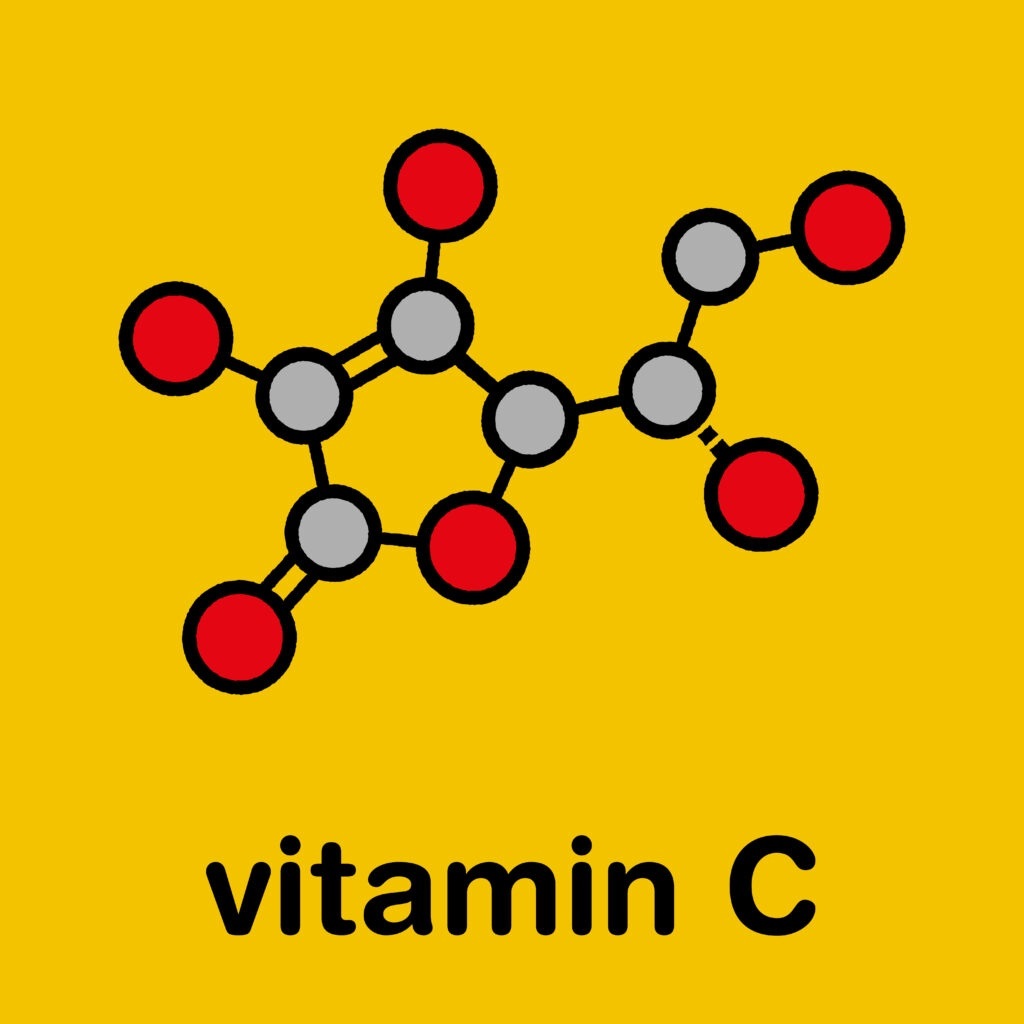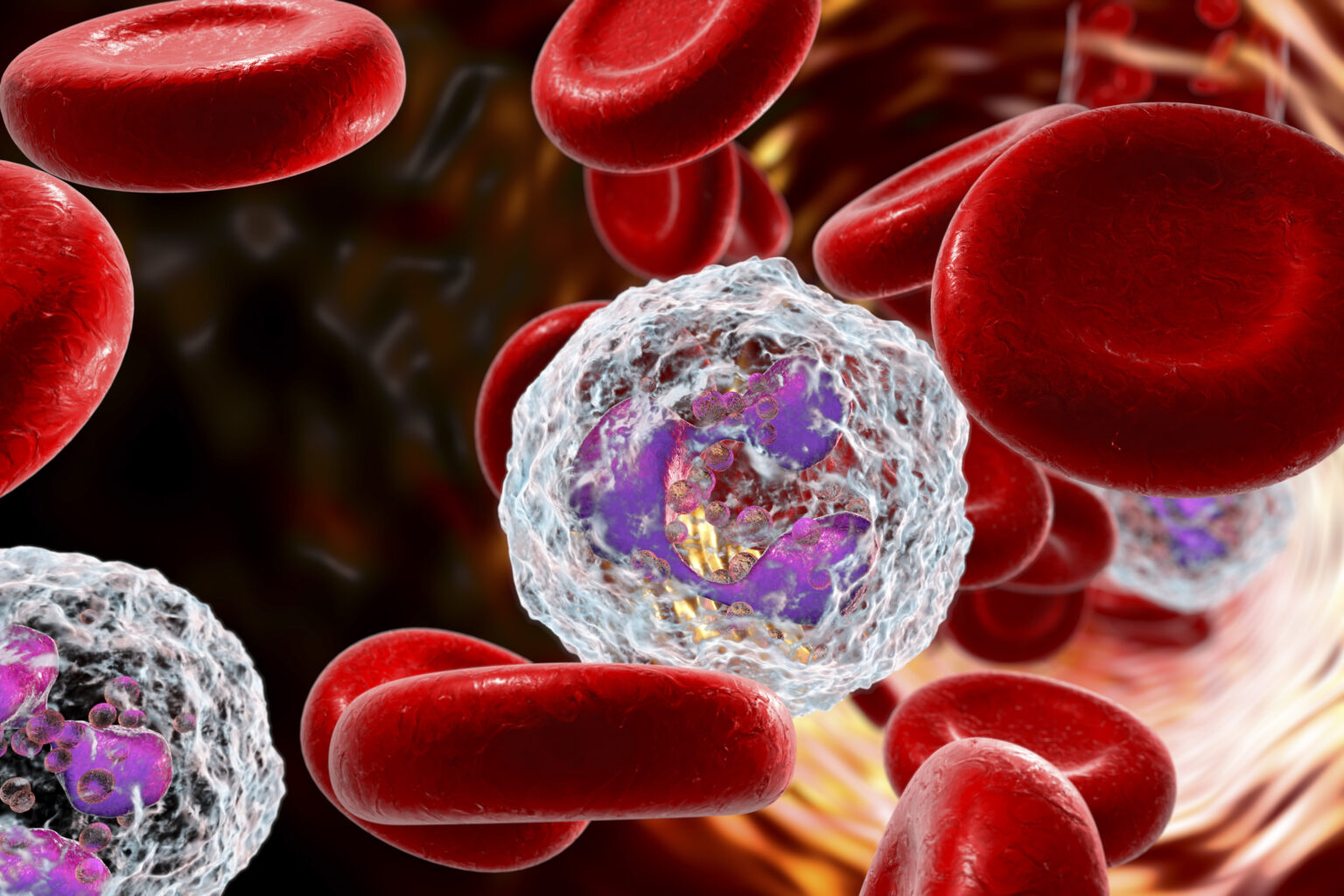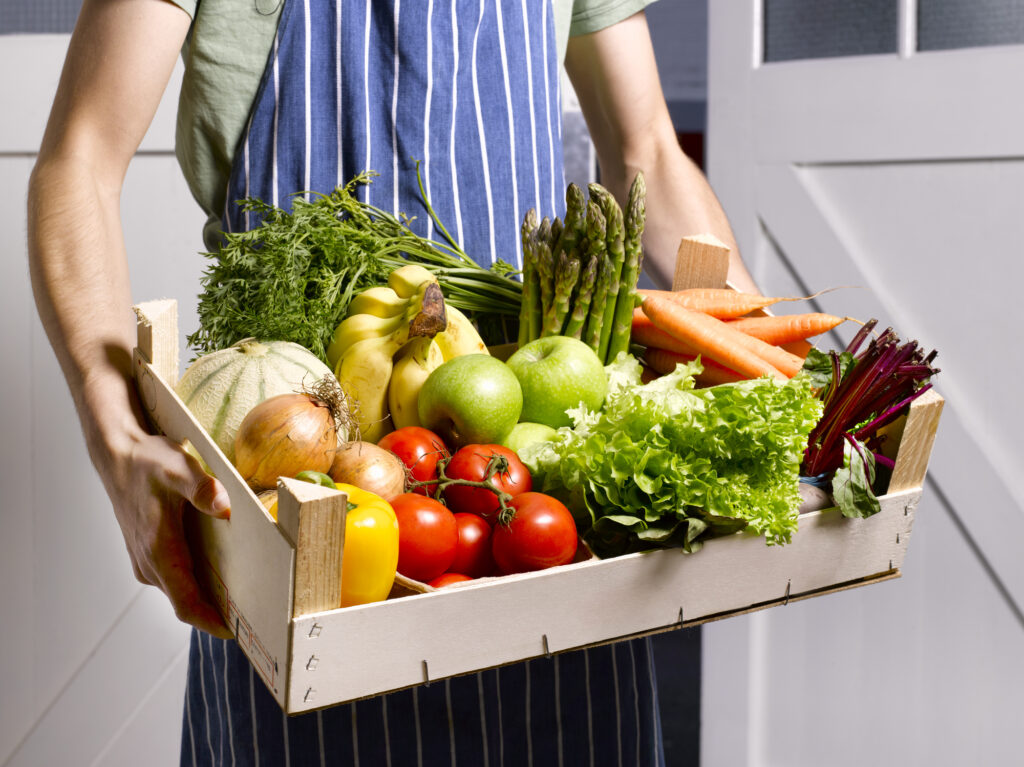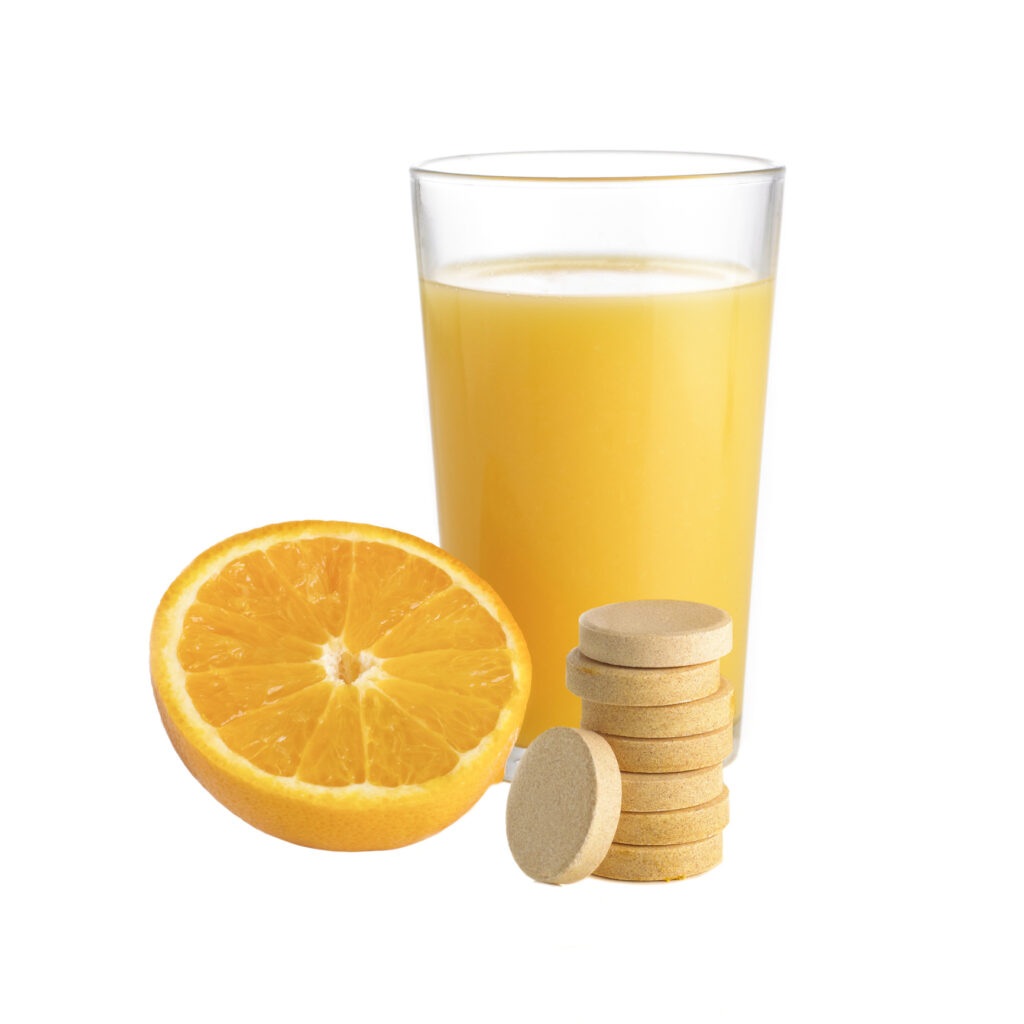VITAMIN C FOR IMMUNE SYSTEM: MORE THAN JUST ORANGES
Written by Anmol Rai. 24th April 2020
We all know Vitamin C is one of the most important nutrients needed to maintain our immune system. Whenever the topic of increasing our Vitamin C intake comes up, the first thing that comes into our mind is consumption of citric fruits such as oranges and lemons. What if I told you there is actually more to Vitamin C than just eating oranges and lemons…

What is Vitamin C?
Vitamin C, also known as ascorbic acid (yes, a fancy scientific term) acts as a form of strong antioxidants. Consuming Vitamin C increases the blood antioxidants level which helps reduce the oxidative stress by fighting off the free radicals (harmful substances). By doing this, sufficient consumption of vitamin C can be very beneficial in many aspects of our health.
Vitamin C for Immune System
When it comes to maintaining and boosting our immune system, Vitamin C plays a vital role. It boosts the productivity of white blood cells, the ‘good’ cells that fight infections and diseases. Additionally it also helps these cells function more effectively while protecting against harmful molecules such as free radicals (God Damn Radicals).
Do you know Vitamin C also helps keep our skin healthy. It is a significant part of our skin’s defence system where it acts as an antioxidant to maintain and strengthen our skin’s defence barrier. So yes, if you think you need that extra kick for better skin, start consuming more vitamin C!

Vitamin C Against Common Cold:

Most people believe that consumption of Vitamin C will prevent and cure common cold but this is not entirely true. Although Vitamin C plays a vital role in our immune system, it shows to be not as effective as we think, to support our beliefs (according to the studies, anyway).
In the 1970s, Linus Pauling, a renowned American chemist suggested that consumption of Vitamin C could successfully treat/prevent the common cold. However, due to lack of consistent studies with positive findings since, this has resulted in further confusion & controversy.
A very well known 2007 Cochrane Systematic Review carried out placebo-controlled trials involving the use of at least 200 mg/day vitamin C taken either continuously as a prophylactic (for prevention) treatment or after the onset of cold symptoms. Consumption of vitamin C ‘continuously’ as a prophylactic treatment resulted in reduction of cold duration by only 8% (1 day) in adults and 14% in children. At the same time, trials involving athletes and individuals exposed to extreme physical activities and weather conditions, consumption of ‘250m-1g /a day’ reduced cold incidence by 50%. Furthermore, Prophylactic use of vitamin C did not significantly reduce the risk of developing a cold in the general population.
In conclusion, consumption of Vitamin C might not be able to reduce the incidence of a common cold but sufficient consumption of 250mg+ a day may certainly reduce the cold duration by as long as one day, which can be appreciated by many busy and working individuals. Athletes and other individuals exposed to strenuous physical activities and weather conditions may also greatly benefit from consuming sufficient amounts of vitamin C.
Sources:
Most of us all know that vitamin C is rich in citric fruits such as oranges, lemons and limes but how much do these fruits really contain? What if I told you there are many more other food sources that provide significantly much more vitamin C than oranges.
A medium orange (131g) consists around 70mg of vitamin C whereas 100g of lemon only consists of roughly 50mg! Vitamin C can be found in most of the fruits and vegetables but here is a list of food with more vitamin C content than an orange:
- Broccoli 100g: 89mg
- Strawberry 1 cup (144g): 85mg
- Chilli Peppers 0.5 cup (75g): 108mg
- Guava (medium size): 126mg
- Kale (100g): 120mg
- Kiwi (100g): 120mg

How Much to Consume?

According to DRI (Daily Reference Intake), recommendation for consumption of Vitamin C is set at 75mg for Female adults and 90mg for Male adults. For children, it ranges from 15mg to 75mg. Although DRI states these numbers, many RDA (Recommended Dietary Allowance) in many countries including the UK only recommends 60mg a day. Furthermore, many researches and studies suggest significantly much more consumption than these numbers.
Individuals who smoke are required to have additional 35mg of Vitamin C as they have lower plasma and leukocyte vitamin C levels than nonsmokers, due in part to increased oxidative stress. Additionally studies show that even with similar fruit and vegetable intakes between smokers and non-smokers, individuals who smoke still seem to have lower plasma vitamin C concentrations than nonsmokers.
And we all know too much of anything can not be good. Side effects of over consuming Vitamin C are diarrhea, vomiting, Nausea, Headache, Insomnia, abdominal cramps and heart burns.
The Food & Nutrition Board (US) has established the tolerable upper intake level (ULs) of Vitamin C to be 2000mg a day for adults (aged 19+) males and females, and between 400mg to 1200mg for children.
Other Key Benefits:
Reduce the risk of chronic diseases
Reduce the risk of heart disease
Manage high blood pressure
Reduce blood uric acid levels
Reduce gout attacks
Helps prevent Iron deficiency
Benefits of skin health.
Reference:
- Douglas RM, Hemilä H, Chalker E, Treacy B. Vitamin C for preventing and treating the common cold. Cochrane Database Syst Rev 2007;(3):CD000980.
- Institute of Medicine (US) Panel on Dietary Antioxidants and Related Compounds. Dietary Reference Intakes for Vitamin C, Vitamin E, Selenium, and Carotenoids. Washington (DC): National Academies Press (US); 2000. Summary. Available from: https://www.ncbi.nlm.nih.gov/books/NBK225478/
- “5 Vitamin C.” Institute of Medicine. 2000. Dietary Reference Intakes for Vitamin C, Vitamin E, Selenium, and Carotenoids. Washington, DC: The National Academies Press. doi: 10.17226/9810.
- Institute of Medicine. Food and Nutrition Board. Dietary Reference Intakes for Vitamin C, Vitamin E, Selenium, and Carotenoids. Washington, DC: National Academy Press 2000.
Anmol Rai, Kinetic Steps
Personal Trainer & Online coach
Surrey, England, UK.
Phone: (+44) 7525293182
Email: [email protected]
